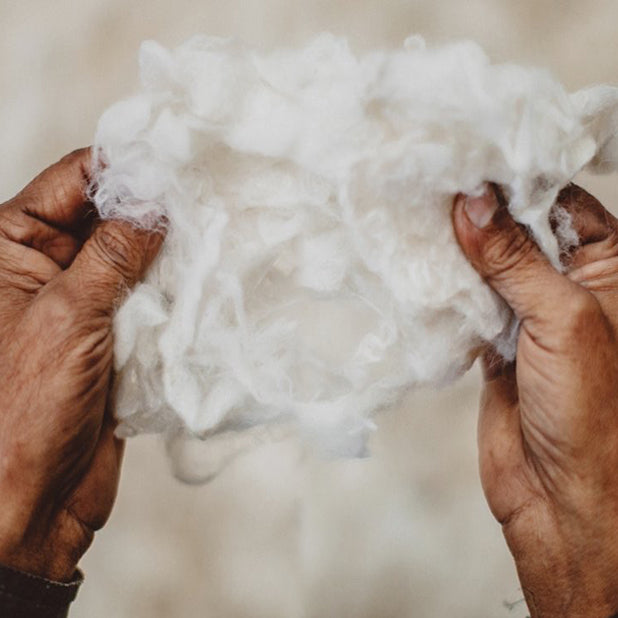Textile artists in many countries are increasingly turning to natural dyes, both as an attempt to revive ancient traditions and out of concerns about the environmental and health risks of synthetic dyes.
Natural dyes, though more expensive and harder to use than the chemical dyes that have largely supplanted them, produce more vivid colors and are safer and more environmentally friendly than their synthetic counterparts.To be sure, natural pigments are not always benign. The plants they are extracted from can be poisonous, and heavy metal salts are often used to fix the colors to the fabric. The dyes fade more quickly from sun exposure than chemically produced colors, arguably rendering the textiles less sustainable.
But environmentalists have long worried about the damaging effects of the wide array of toxic chemicals — from sulfur and formaldehyde, to arsenic, copper, lead and mercury — routinely used in textile production. Runoff from textile factories pollutes waterways and disrupts ecosystems worldwide. And long-term exposure to synthetic dyes — first discovered in 1856 by an English chemist, William Henry Perkin — has been linked to cancer and other illnesses.

Potassium alum, or potash, a mineral found in the mountains around Oaxaca, is used as a mordant, holding the dye to the yarn. In addition to plants gathered in the mountains, flora common in local gardens — zapote negro, marush and pomegranate, for example — are also used as sources for dye.
The indigo and cochineal pigments, however, are purchased from elsewhere. The añil plant grows primarily in the southern part of the state of Oaxaca. As for cochineal — a dye that colored the red coats of British soldiers — tens of thousands of dried insects are needed to produce just one pound of dye.
So the artisans buys the pigment from families who farm the prickly pear cactuses that host the parasitic insects. Only females produce the carminic acid that is responsible for the intense red coloring. The dye is so harmless that the family uses it to water the garden, while the remaining plant material serves as much.
The more awareness we raise, the more artists are going to use natural dyes and stay away from heavily chemically dyed yarn.



